
soldier flie .Oxycera rara

- Adult male, Chironomidae plumosus. none-biting midges


not sure what this bug is its not in the book



Rhagonycha Fulva beetle. and the caterpillers of the cinnamon moth on the ragwart plant




honey bee on the oxeye daisy

flesh fly on a dead snail



 Darkling beetle Lagria Hirta.
Darkling beetle Lagria Hirta.








 SPITTLE BUG, APHROPHORIDAE,Here’s another pest that looks worse than it is, the aptly named Spittlebug (Cercopidae Family). There are some 23,000 species of spittlebugs. Yet most gardeners have never seen one. That’s because spittlebugs are very good at hiding. That mass of froth you see on your plant isn’t there to do your plant harm. It’s a very clever cover for the spittlebug. You don’t think so? Just try and find him. Spittlebug nymphs can turn a liquid secretion into bubbles by moving or pumping their bodies. Once the bubbles have formed, spittlebugs use their hind legs to cover themselves with the froth.The ‘spittle’ serves multiple purposes.It shields the spittlebugs from predatorsIt insulates them from temperature extremesIt prevents the spittlebugs from dehydratingSpittlebug eggs are laid in late summer and are left to over winter on plant debris. The eggs will hatch in early spring and go through five Instars, or stages, before becoming adults. When the nymphs originally hatch in early spring, they will attach themselves to a plant and begin feeding. They are a wingless, green creature at this point and are almost invisible inside the spittle.Spittlebugs are related to leafhoppers, but have a broader body. The adults are dull colored tan, brown or black and about 1/8 – 1/4 inch long, with wings. They also have faces that resemble frogs and are sometimes call Froghoppers..
SPITTLE BUG, APHROPHORIDAE,Here’s another pest that looks worse than it is, the aptly named Spittlebug (Cercopidae Family). There are some 23,000 species of spittlebugs. Yet most gardeners have never seen one. That’s because spittlebugs are very good at hiding. That mass of froth you see on your plant isn’t there to do your plant harm. It’s a very clever cover for the spittlebug. You don’t think so? Just try and find him. Spittlebug nymphs can turn a liquid secretion into bubbles by moving or pumping their bodies. Once the bubbles have formed, spittlebugs use their hind legs to cover themselves with the froth.The ‘spittle’ serves multiple purposes.It shields the spittlebugs from predatorsIt insulates them from temperature extremesIt prevents the spittlebugs from dehydratingSpittlebug eggs are laid in late summer and are left to over winter on plant debris. The eggs will hatch in early spring and go through five Instars, or stages, before becoming adults. When the nymphs originally hatch in early spring, they will attach themselves to a plant and begin feeding. They are a wingless, green creature at this point and are almost invisible inside the spittle.Spittlebugs are related to leafhoppers, but have a broader body. The adults are dull colored tan, brown or black and about 1/8 – 1/4 inch long, with wings. They also have faces that resemble frogs and are sometimes call Froghoppers..

THE HEAD OF THE XYLOTA SEGNIS, HOVER FLY

.
THE XYLOTA SEGNIS,IN FLIGHT




HOVER FLY, SYRPHUS RIBESHHONEY BEE


VOLUCELLA PELLUCENS, IT HAS AN INTERESTING LIFE SPAN,READ ON
http://en.wikipedia.org/wiki/Volucella_pellucens

FLESH FLY ON A DEAD LAND SNAIL

- MELOLONTHA MELOLONTHA, female COMMON COCKCHAFER. near the severn river in Newtown Powys



- False oil beetle, Oedemera Nobilis

- GREEN BOTTLE FLY


-
Blow fly calliphora vicina,

blue bottle fly

flesh fly

the nymph is the size of a pin head.

- the nymph on a wild strawberry

- mating sheild bugs, palomena prisana
propylea 14-punctata 14-spot ladybird on the bud of the oxeye daisy plant.

bug on a buttercup flower
the hazel weevil,apoderus coryli
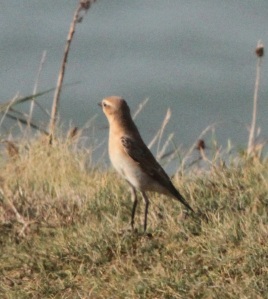
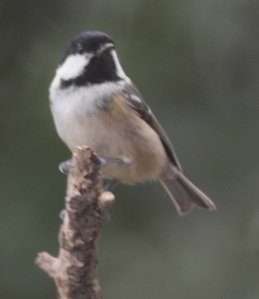
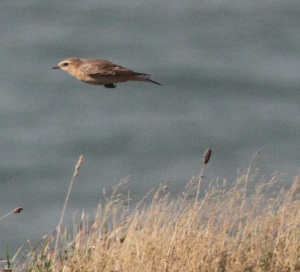
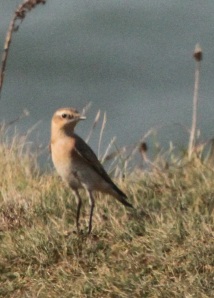
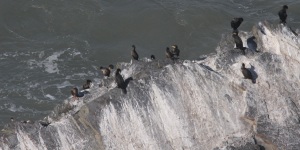
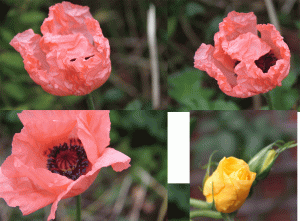
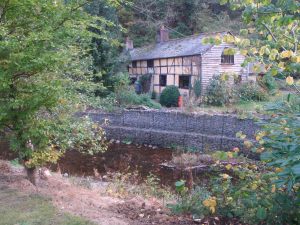
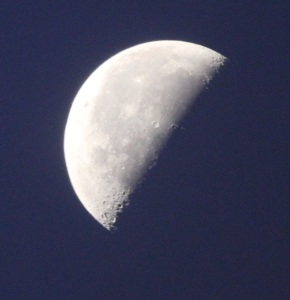
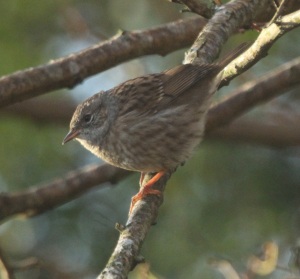
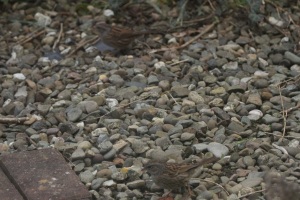
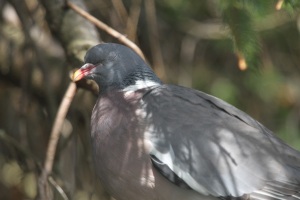
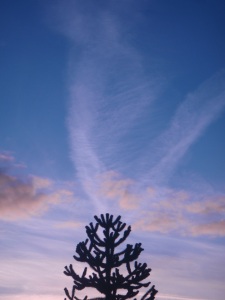
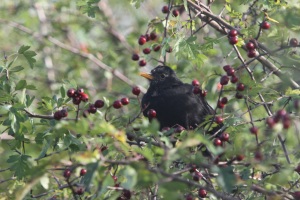
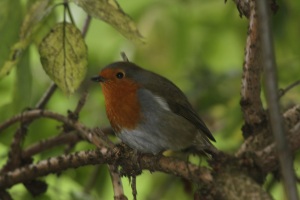
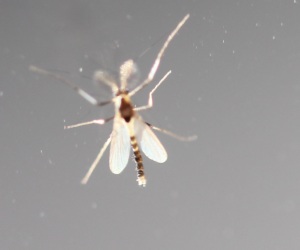
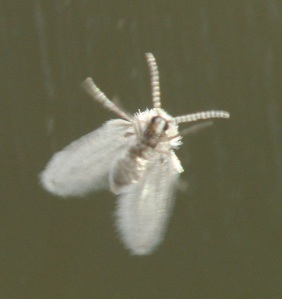
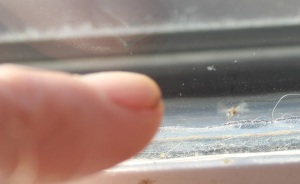











































 male COMMON COCKCHAFER
male COMMON COCKCHAFER
































